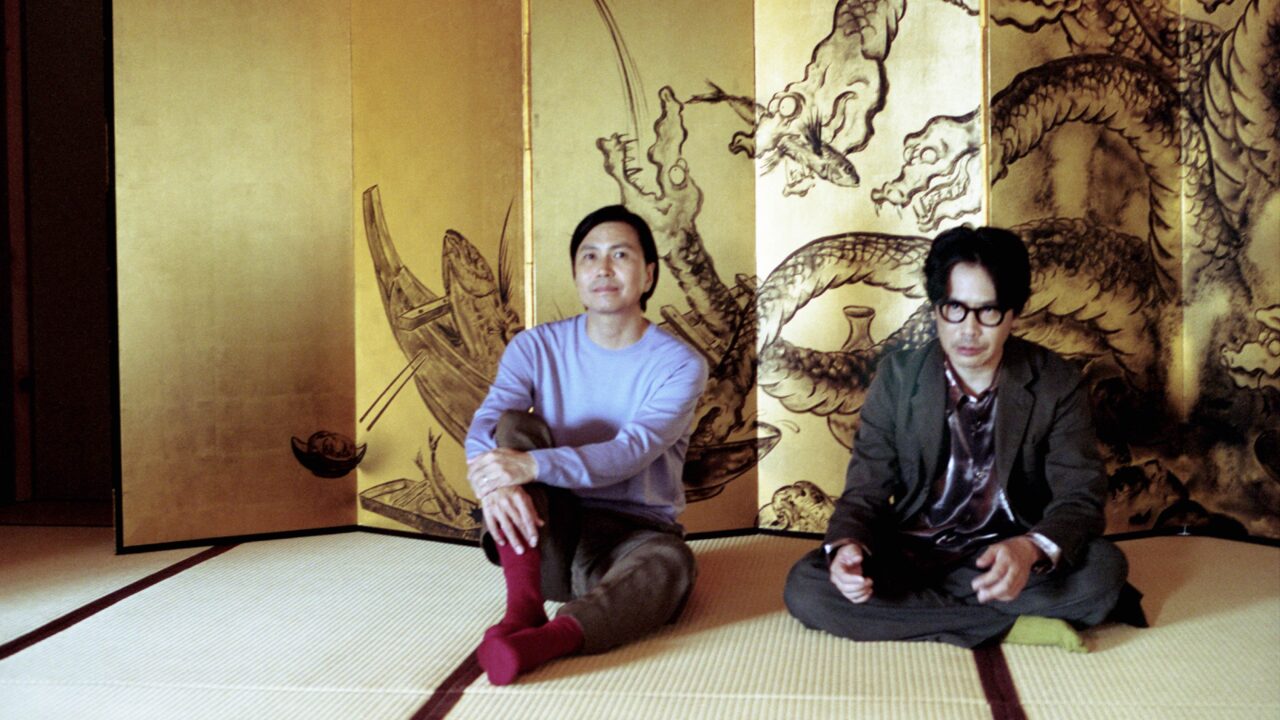INDEX
Common Grounds in New Approaches to Folk Music
Heemoon, you majored in folk music at Seoul Arts University. Do all graduates typically pursue a career as professional folk singers?
Lee Heemoon: Not necessarily. It’s very challenging to make a living solely from traditional music, including folk music. Many graduates end up working with national institutions or arts organizations that deal with traditional music. There are very few freelance singers like myself. On the other hand, there has been a resurgence of new movements in traditional music in Korea, and some interesting groups have emerged.
Speaking of which, I recently went to Seoul and bought a folk music USB in Dongdaemun. Who typically listens to these kinds of recordings?
Lee Heemoon: From the USB that Mr. Oishi showed me, it seems to include several of my mother’s friends (laughs). People who study traditional music might buy such recordings for educational purposes, and there are also a few folk music enthusiasts.

I see. It seems there are similarities in the situations surrounding traditional music in Korea and Japan. As exemplified by the Minyo Crusaders, there has been an increase in artists approaching folk music from new perspectives in Japan in recent years.
Freddy: Over the past few years, it feels like some traditional folk singers have started to emerge more publicly. The younger generation is starting to listen to it, and folk music itself has become more familiar. For example, “Aizu Bandai-san,” which is a folk song from Fukushima Prefecture, was once known mainly by locals, people within the folk music world, or older generations, but now more music enthusiasts are becoming aware of it. I think it’s a positive development.
In Japan, there has been a divide between folk music and other types of music (except in some regions like Okinawa), and opportunities for them to blend have been rare. How is it in Korea?
Lee Heemoon: The situation in Korea is similar. Although there have been attempts at crossover between traditional music and jazz by some pioneers, it was never common. In recent years, however, young players of traditional music in Korea have been changing this situation. I think the increasing number of musicians trying to find connections between the rhythms sought by the current generation and traditional music has significantly altered the landscape.
NST & THE SOUL SAUCE, led by Seon-teck, is a prime example of this.
Noh Seon-teck: Yes, that’s right. Various approaches to traditional music are now being explored, and I personally enjoy witnessing these changes.


























